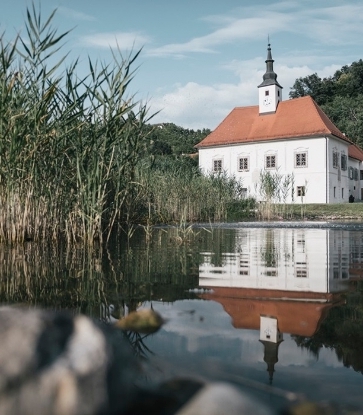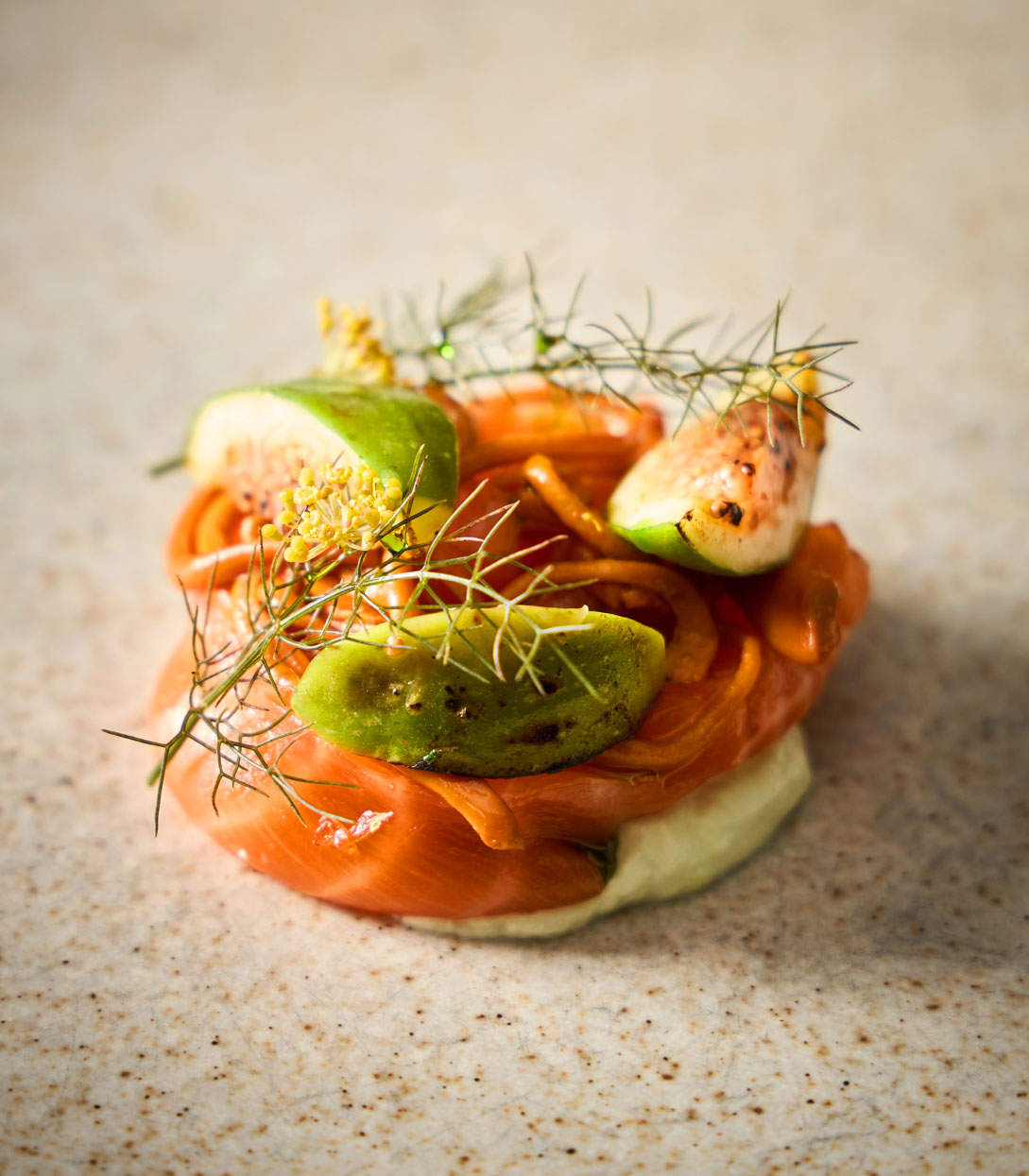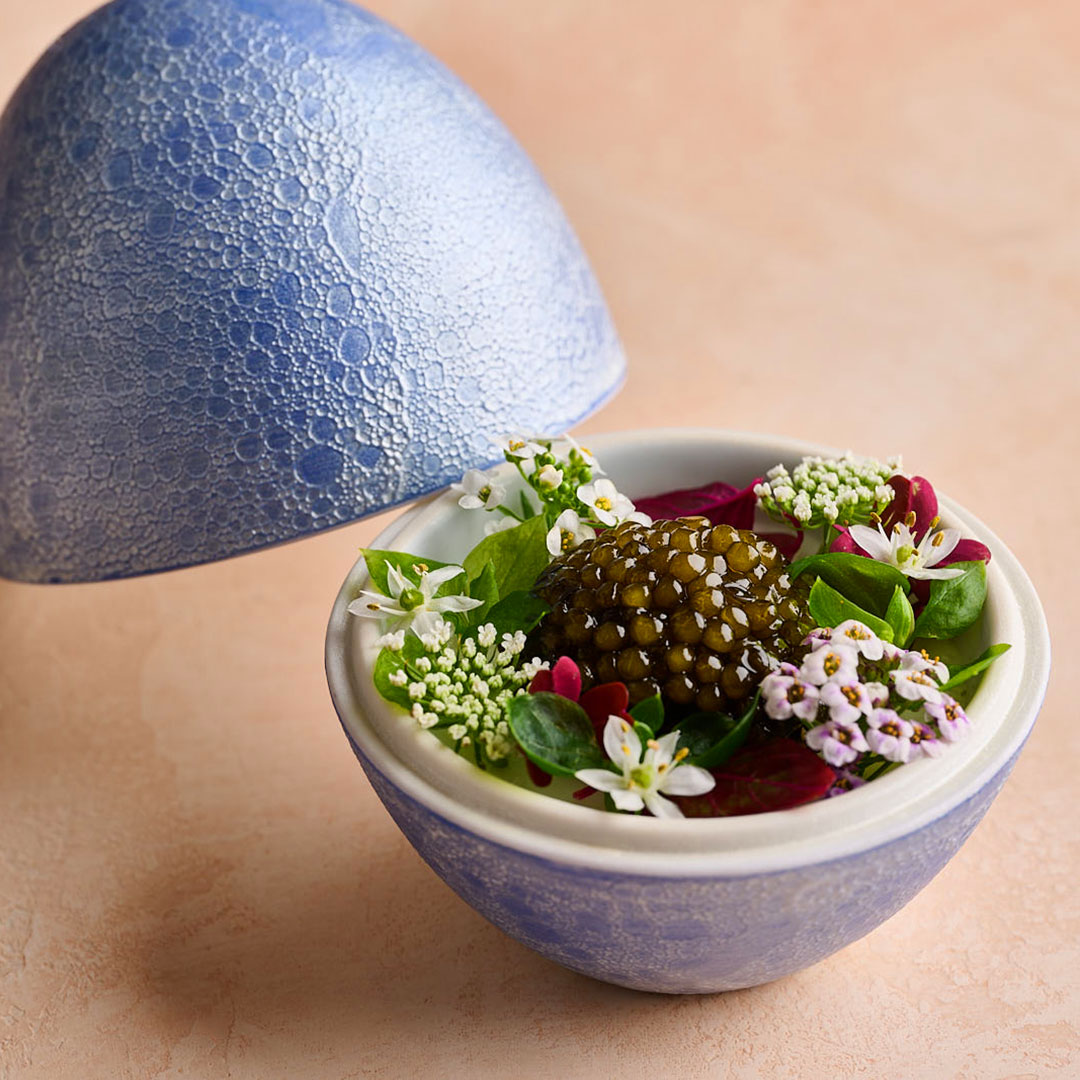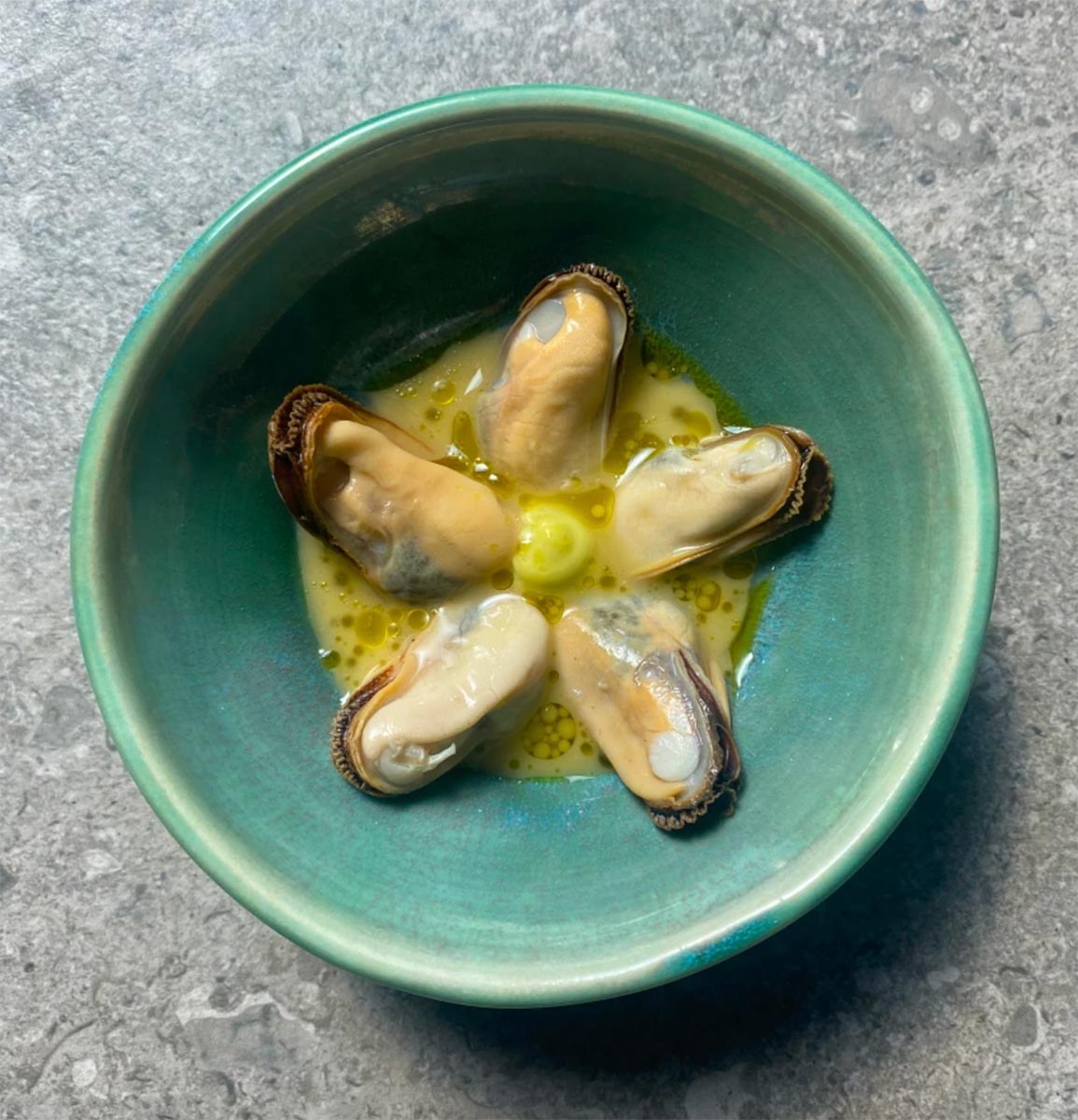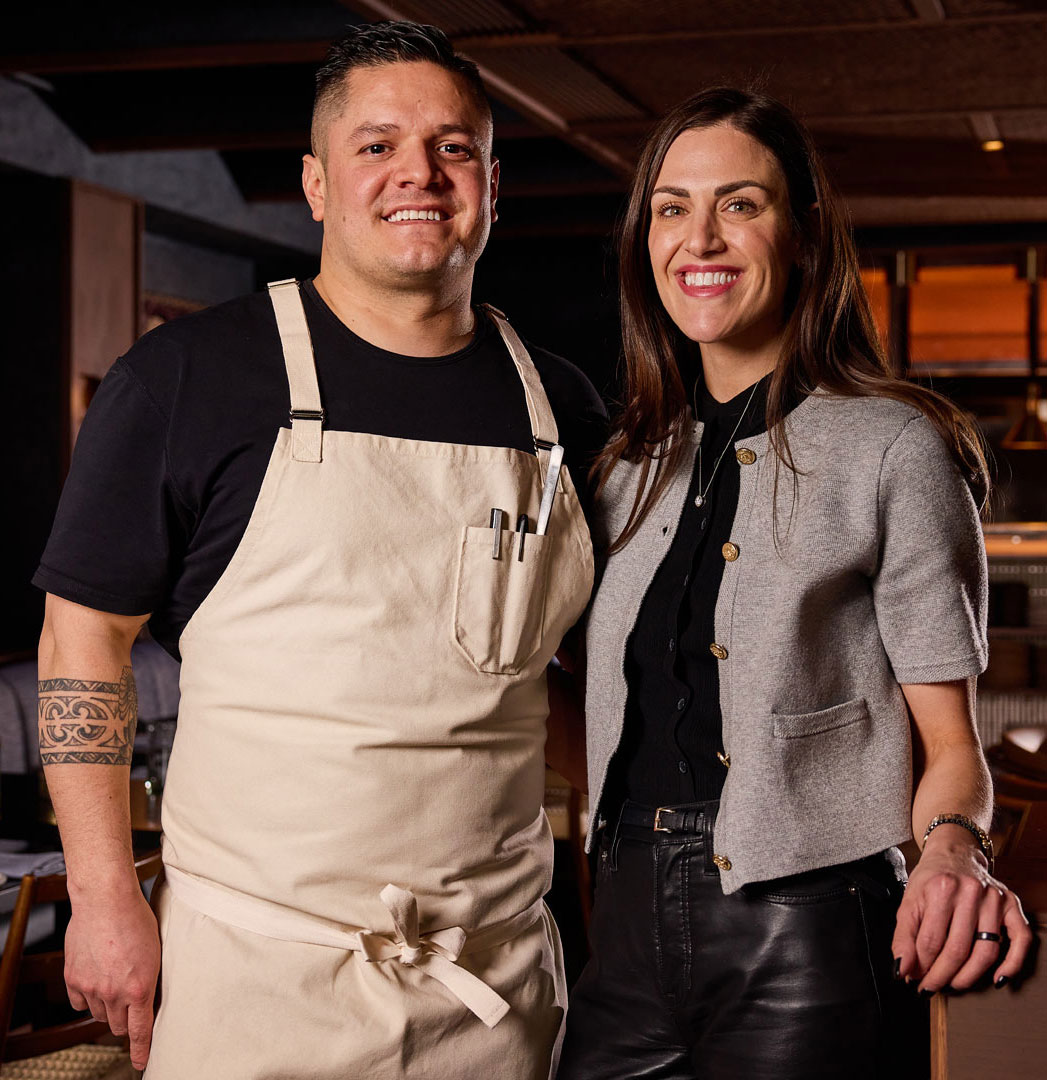Due to its unique positioning on Canada’s West Coast, Vancouver has become one of the world's most diverse multicultural cities. Its impressive culinary offerings reflect a wide range of cultures from around the globe, which has yielded a wonderfully diverse food and beverage scene.
For this story, The MICHELIN Guide interviewed a range of local chefs whose Michelin-recognized restaurants showcase the unique diversity in cultures found in the city.
Nguyet Dang, owner and creative director of Bonjour Vietnam Bistro shares, “I admire the diversity of cultures in Vancouver, where food brings people of all backgrounds together without boundaries.” Takuya Matsuda, chef and owner of Vancouver hotspot Okeya Kyujiro, adds, “What makes Vancouver special is that it embraces authenticity with open arms. This city doesn’t ask us to change; it welcomes us as we are. That warmth and acceptance give us the freedom to express the true spirit of Japan.”
Francisco Higareda, owner and executive chef of Ophelía, agrees, reflecting that, “Vancouver’s multiculturalism keeps me open-minded. I see how other cultures use spice, fermentation, or presentation, and it inspires me to reinterpret Mexican traditions without losing their essence. The atmosphere in my restaurants reflects that same mix — vibrant, inclusive, and layered, just like the city itself.”
The cultural souls of these chefs and restaurateurs shine through their work, as they embody Vancouver’s rich multicultural framework by sharing their heritage through food, warmth, and hospitality.
Read on to discover six restaurants that illustrate Vancouver’s diverse food scene.
Okeya Kyujiro
Cuisine: Japanese
Those looking for complete Japanese immersion in Vancouver should head to MICHELIN-Starred Okeya Kyujiro. From hosts donning traditional clothing to elaborate ceremonial presentations, this restaurant truly captures the essence of Japan.
Chef and owner Takuya Matsuda was inspired to open this restaurant in Vancouver because, “[it is] a city that welcomes many cultures, ideas and flavors. Our restaurant reflects that spirit through openness and respect, using local ingredients while honoring traditional Japanese techniques. We want each guest to feel the harmony between Vancouver’s freshness and Japan’s craftsmanship, coming together in every bite,” he shares.
Matsuda puts a large emphasis on seasonality and sourcing the freshest ingredients available for his menu. “There are many wonderful local ingredients here. In autumn, for example, beautiful matsutake mushrooms from British Columbia become available, and we use them in our dishes. By embracing these seasonal ingredients while staying true to Japanese techniques and spirit, we can create something authentic yet deeply connected to Vancouver,” he says.
When describing the dish that best reflects the character of the restaurant, Matsuda explains, “It would be freshly cooked white rice made in a traditional donabe clay pot. For generations, freshly steamed rice has been considered the greatest delicacy for the Japanese. Its pure simplicity reflects everything we value: respect for nature, harmony and quiet beauty. To us, this humble bowl of rice best represents who we are.”
And while Japanese restaurants are not especially hard to come by in Vancouver, Okeya Kyujiro sets itself apart. Matsuda stresses, “There are many omakase restaurants, but ours stands apart by offering much more than sushi. We put great emphasis on a diverse and carefully curated course, where each dish tells its own story. Beyond the food, we want our guests to experience something with all five senses, an element of surprise, beauty, and emotion.” He continues, “Inspired by Cirque du Soleil, we incorporate performance-like touches such as tea ceremonies and sasagiri (the sound of cutting bamboo), creating moments that feel like art unfolding before you.”

Bonjour Vietnam Bistro
Cuisine: French Vietnamese
For owner and creative director Nguyet Dang, Bonjour Vietnam Bistro is a labor of love. “My inspiration came from childhood memories of my grandmother’s garden in the countryside of central Vietnam — a place surrounded by colorful flowers and endless rice fields. The love of sharing those moments, together with the richness of Vietnamese culture, led me to open a restaurant in Vancouver,” she shares. “I wanted to create a tropical space where locals could step inside, see flowers hanging from the ceiling and dine beneath the glow of a Hoi An lantern — all served with the genuine hospitality of Vietnamese people. A place where you can escape the rain and be transported to another world, right here in Vancouver.”
Guests at Bonjour Vietnam Bistro may come for the food, but they stay for the experience. “The essence of [the restaurant] is expressed not only through our Vietnamese cuisine, but also through the music, the design and the cocktails that reflect the artistic side of Vancouver. This is where cultures meet — my love letter from Vietnam to Vancouver, where I invite guests to connect through food and culture,” Dang shares.
And while the menu features a wide variety of classic dishes, Dang feels the best way to experience Bonjour Vietnam is to try something different. “Vietnamese cuisine is more than just pho. If someone could only try one dish at my restaurant, it would be the vermicelli bowl. For me, it’s fresh, balanced and nourishing. A vibrant bowl of noodles layered with crisp shredded lettuce, fragrance basil, pickled julienned carrots and diagonally sliced cucumber sticks, then topped with your choice of protein — grilled lemongrass chicken, beef in betel leaf, spring rolls, or tofu and mushrooms. The combination of freshness, crunch, spice and the gentle sweetness of seasoned fish sauce creates a dance of flavor in every bite,” she says. “To me, this dish isn’t just a symbol of Vietnamese cuisine — it also reflects the flexibility and openness of Vancouver’s diverse community.”

Delara
Cuisine: Persian
MICHELIN-recognized Delara gives Vancouver diners something to talk about. Both those who are new to Persian cuisine and those for whom it evokes a sense of home will find this restaurant to be a treat, from the naturally lit atmosphere to the fragrant cuisine. According to owner and chef Bardia Ilbeiggi, “Persian food is very much underrepresented in the world culinary scene. Bringing a modern and creative approach to our cuisine has made it possible for us to say something new and add to the culinary landscape of Vancouver.”
When asked what inspired Delara, Ilbeiggi shares, “[Our] cuisine stems from my childhood memories of food in Iran while utilizing modern cooking techniques. The chicken and barberry dish reminds me of my grandfather grilling chicken kebab over charcoal in our backyard for our guests. We had a swimming pool in our house and on hot summer nights, it was the place to be for our friends and family. We had people over pretty much every night and the small Manghal (Persian BBQ) was not big enough to feed everyone. So, my grandfather would fill a wheelbarrow full of charcoal and grill skewers of chicken marinated in yogurt and saffron on it.” He continues, “Here at Delara, whenever the chicken hits our charcoal BBQ, the smell brings me back to those days. At the same time, the orange, barberry and buttermilk reduction sauce that goes on top of the chicken embodies the techniques that I have learned in my years of cooking in France, Copenhagen and Vancouver. In my opinion it’s an excellent mixture of tradition and modernity.”

Ophelía
Cuisine: Mexican
If you’re in the mood for upscale Mexican food with a modern twist, Ophelía is the place to be. The restaurant showcases owner and chef Francisco Higareda’s unique take on traditional Mexican cuisine, and the result is spectacular.
Higareda shares with The MICHELIN Guide, “When I arrived in Vancouver, I realized there was incredible diversity, but Mexican food wasn’t being represented with the depth it deserves. I saw an opportunity to show the real side of our cuisine — not just tacos and margaritas, but the culture, technique and emotion behind every dish. I wanted to share my heritage through food and create a space where people could experience authentic flavors in a refined way.”
For Higareda, “[Authenticity] isn’t about copying recipes from Mexico; it’s about transmitting the soul of the dish. I adapt ingredients when necessary — using what’s seasonal and available here — but the emotion, the intention behind it, stays the same. It’s about being faithful to the spirit of Mexican cooking, not just its form,” he adds.
Those dining at Ophelía for the first time should heed Higareda’s advice: don’t miss the octopus with mole blanco. From his perspective, “It represents balance — tradition and innovation working together. The mole blanco is delicate, creamy and complex, while the octopus is bold and perfectly cooked. It’s also the dish that caught the attention of The MICHELIN Guide, so it’s become a bit of a signature for us.”

The Acorn
Cuisine: Vegetarian
The Acorn casts vegetarian dining in a new light. With a menu that highlights local Vancouver produce and stresses sustainability, this charming local eatery captures just how satisfying vegetables can be.
According to founder and general manager Shira Blustein and head chef Matt Gostelow, “Vancouver made [us] fall in love with vegetables. The city’s extended growing seasons, proximity to farmers, foragers and the ocean, plus a community that truly cares where food comes from created the perfect setting to create a restaurant that treats plants with the same reverence most places reserve for meat.”
When it comes to the menu, Blustein and Gostelow draw from a wide range of influences. “We’re ingredient-first and globally curious. Our pantry pulls from our team’s diverse cultures and backgrounds, and our techniques are rooted in craft; fermentation, pickling, preserving, bread-baking, [and] pasta-making, but the star is always what’s coming in the kitchen door from a farmer or forager that day,” they share.
While their menu is hyper-seasonal, for diners looking to understand what The Acorn really brings to the table, Bluestein and Gostelow say the dish not to skip is the harvest. “[This dish] changes with the farms and foragers, is centered on a peak vegetable and is often supported by house ferments, pickles or preserves. It captures our ethos on one plate: local, zero-waste, flavor-forward and proudly plant-led,” they explain.
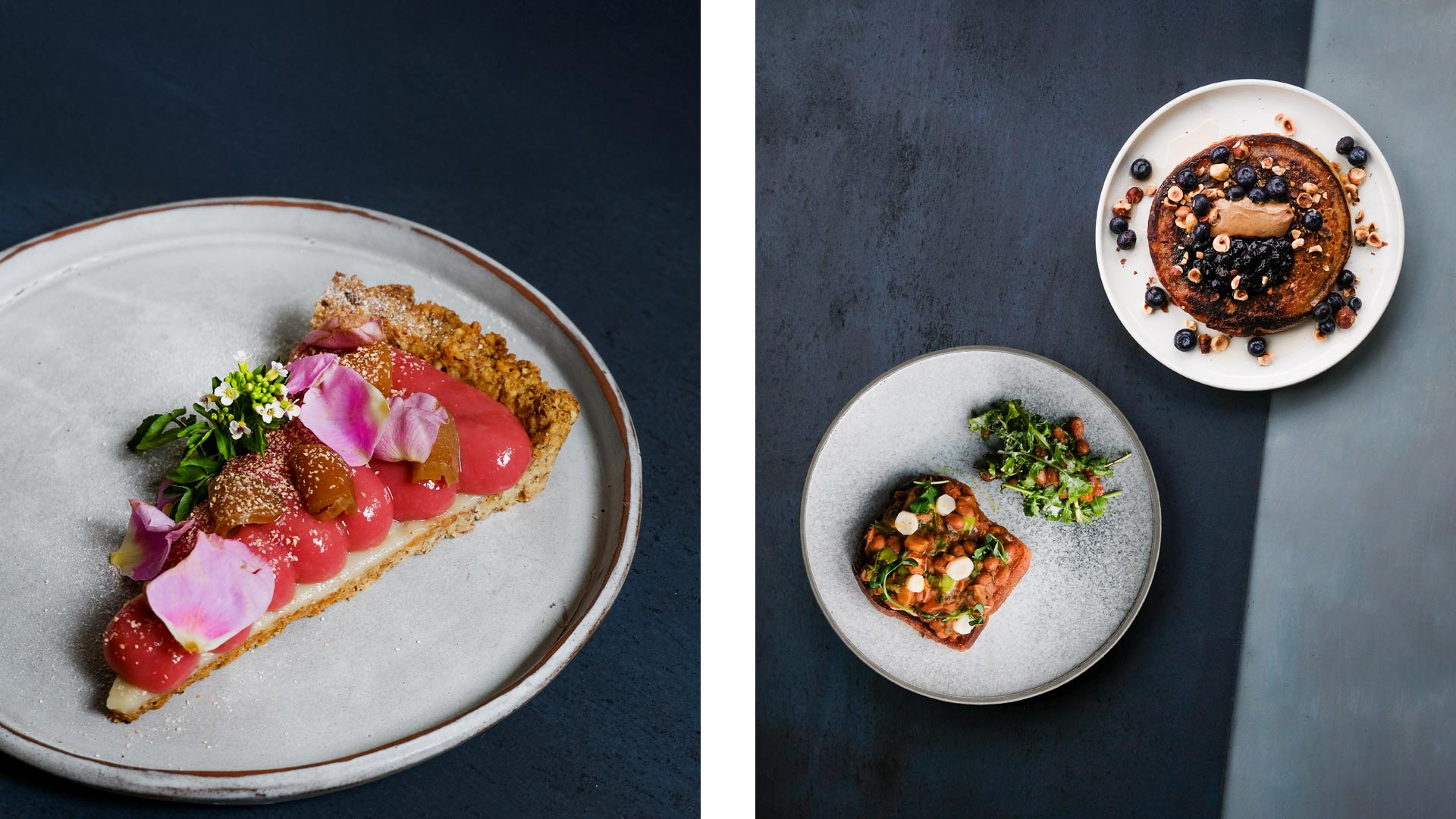
Bao Bei
Cuisine: Chinese/Taiwanese
A Vancouver staple, this moody bistro is a quintessential date-night spot, featuring unique takes on classic Chinese and Taiwanese dishes.
At Bao Bei, Owner Tannis Ling puts her own spin on every dish. She shares, “Bao Bei was never meant to be a traditional Chinese restaurant. We realized early on that trying to meet everyone’s expectations of classic Chinese dishes would be impossible as everyone’s mom or grandmother always makes the best version. So instead of chasing authenticity, we just cook the food we love in our own way.”
When it comes to differentiating Bao Bei, Tannis draws inspiration from Vancouver’s multicultural surroundings. For her menu, she touches on the city’s “vibrant and diverse Asian community and the way those influences have woven themselves naturally into the city’s food scene.” She adds that, “Bao Bei is very much a reflection of that where classic French cooking techniques are used with ingredients and flavors from Chinese, Thai, Vietnamese and Filipino cuisines to create something that feels distinctly Vancouver.”
For one dish that truly captures what this restaurant is all about, Ling shares that even after almost 16 years, she still craves the beef tartare. She adds, “Joël Watanabe, our executive chef at Bao Bei, and I came up with the idea during a research trip to Taipei. We thought it would be fun to take a classic French dish and reinterpret it with Chinese ingredients. The tartare includes preserved mustard root, ginger, soy, scallion, taro chips, fried shallots and a watercress salad. It really captures our philosophy at Bao Bei of using Asian ingredients in ways that feel both unique and familiar.”
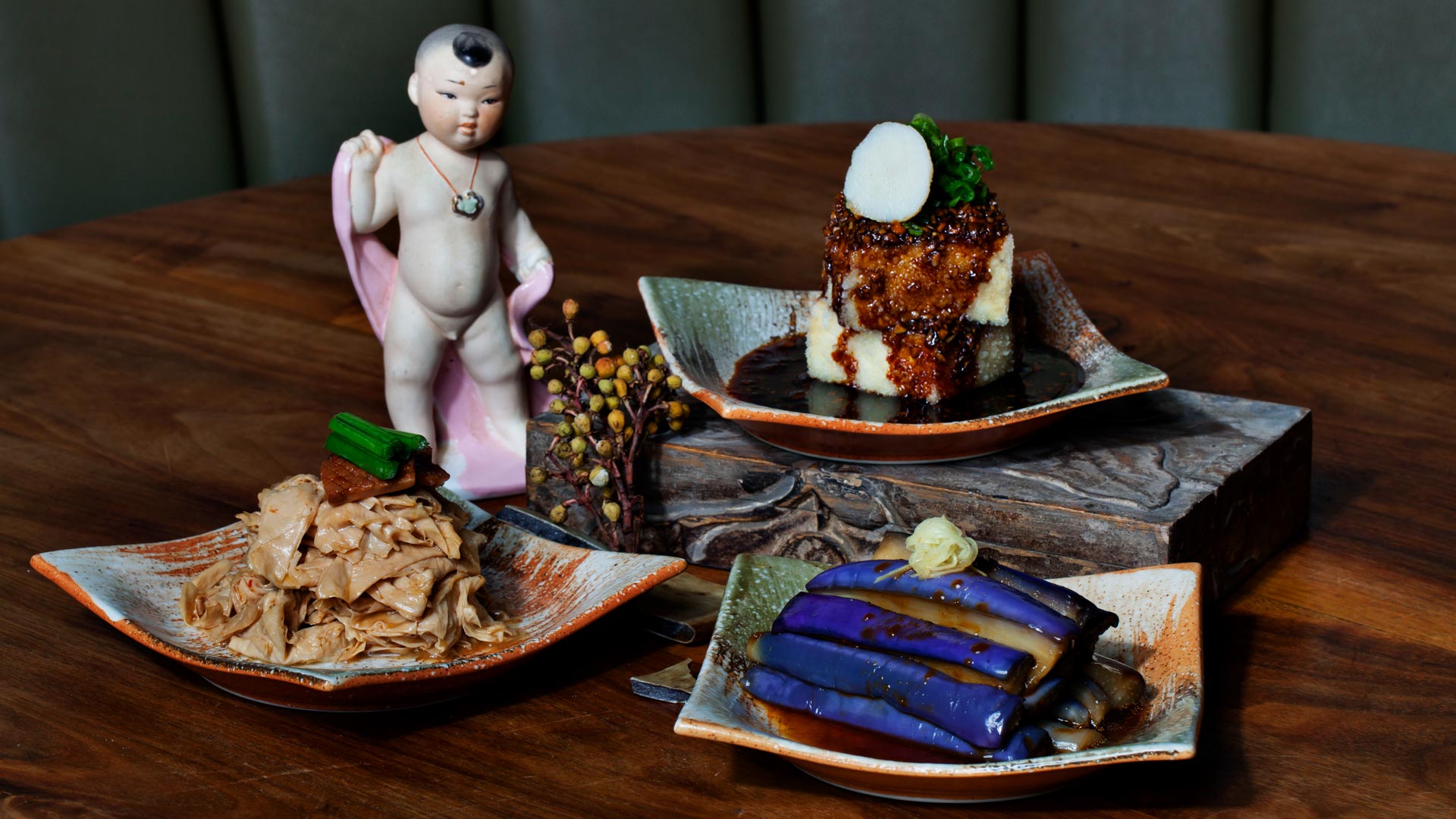

Hero image: ©Kasumi/OKEYA KYUJIRO




